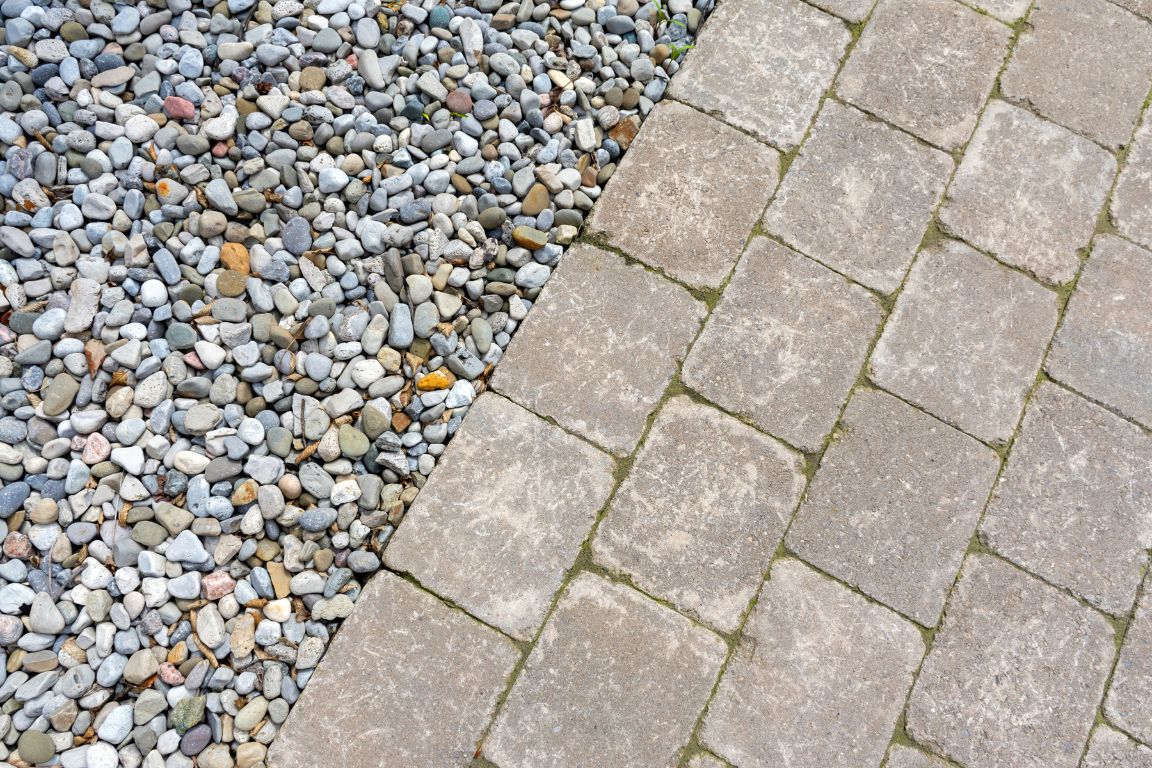Throughout history, the materials used for paving have continually evolved based on what was available, affordable, or aesthetically pleasing. While in the past, most pavements were simply made of dirt, tar asphalt became common in the United States during the late 19th century.
In the past, materials often consisted of concrete, stones, and wood, which people still use as additives in modern construction. Here are the five most popular types of paving material used today.
Bricks
Brick is a durable material that lasts and doesn’t require much maintenance. It provides a good surface for pavements because of its slip-resistant texture. It’s also a natural, eco-friendly building material.
The problem with brick is that it isn’t as resistant to extreme weather as other materials. Brick pavers can crack if temperatures get too low, and it’s easy for debris and other materials to get into the space between the joints, making them harder to clean. Despite its advantages, there are compelling alternatives for brick paving that you should consider before making your final decision.
Concrete
Concrete provides a cost-effective alternative to stone and brick, and you can pour it into various shapes and sizes, providing endless customizability. This flexibility makes concrete perfect for driveways and other home projects.
The biggest problem with concrete paving is that it’s susceptible to the elements and can be complicated to set up. Colored concrete will fade over time since it doesn’t use natural pigments, so you may have to replace it eventually if you want to maintain your home’s curb appeal.
Crushed Stone
While some might opt for gravel as their paving material, crushed stone provides a better texture. The stones’ sharp edges allow them to lock together, creating a more uniform surface.
People often use crushed stone in home DIY and business settings since you don’t have to repair it as often and can easily mold it into different designs. Unfortunately, crushed stone can be a mess when loose stones start scattering, making it more of a hindrance for homeowners.
Gravel
One of the most common types of paving materials is gravel. You can create the perfect mixture for building roads and other paved surfaces by combining natural crushed rock, often including granite sandstone and limestone.
Gravel is a reliable option for filling spaces, creating mixes, or as a base for construction products, making it perfect for paving.
Ceramic
Ceramic pavers are incredibly versatile, offering a lightweight yet sturdy material that lasts. Ceramic is easy to clean and resistant to natural wear and tear.
Many homeowners use porcelain because it’s easy to get it to fit in with most spaces. However, it can be costly, making large projects difficult. Despite their strength, ceramic pavers can be brittle, making it essential to be careful when laying them.
The Best Paving Materials Are Still To Come
Paving materials have come a long way, but it seems as though the advancements are only getting started. Some of the most popular types of paving material are manufactured using additive processes that take advantage of absorption and other natural processes to protect roads from the elements.
It’s hard to say what new materials will be available in the future, but you’ll still have the choice of something tried and true.











